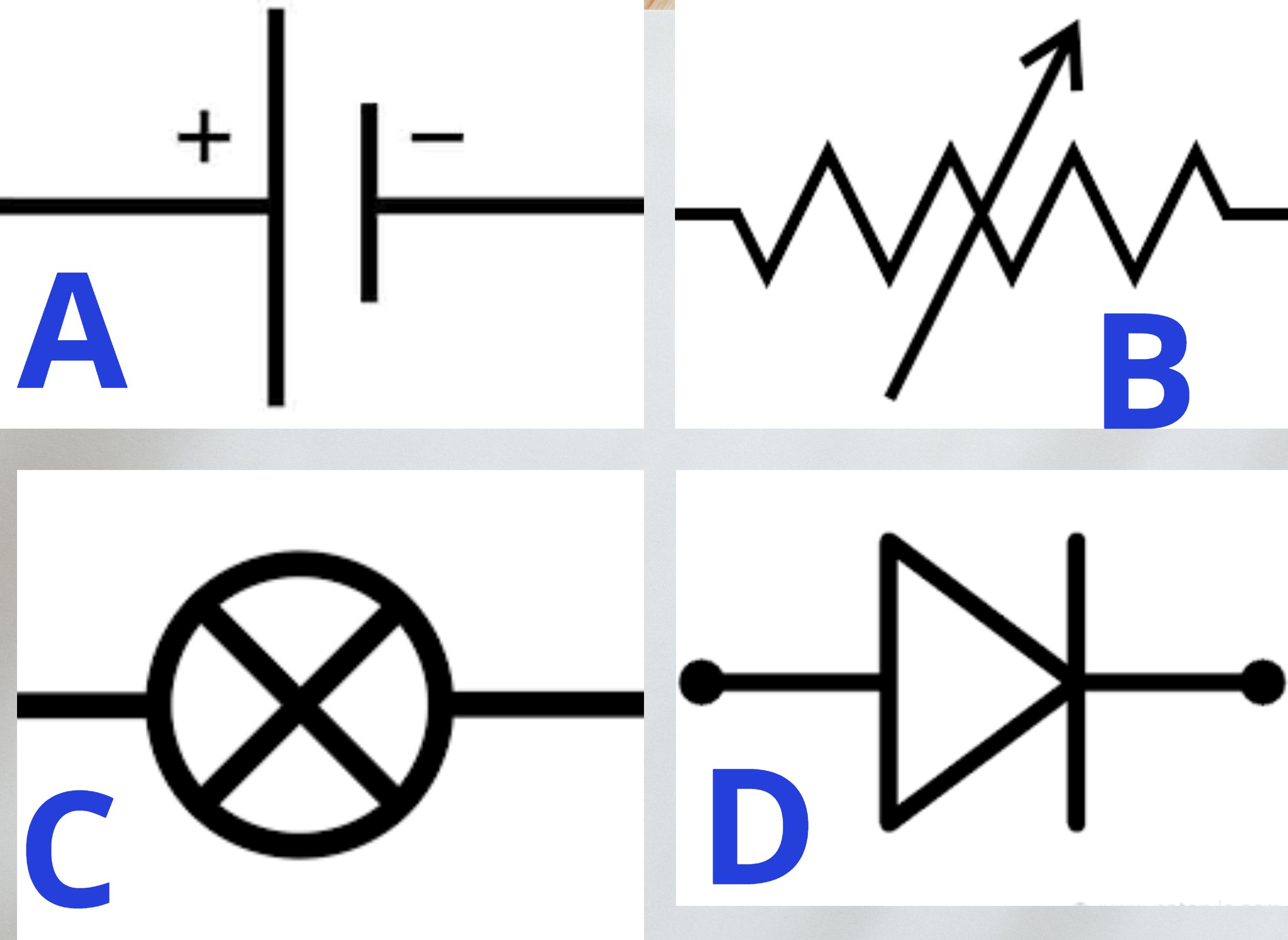KS2 (Key Stage 2) Online Electricity Quizzes
15 QuestionsQuiz Description
KS2 (key stage 2) Online Electricity Quizzes
(Fun and interesting ks2 Electricity Quizzes for children that wish to better prepare themselves as they go in for the end of year ks2 SATs or for children that wish to boost their knowledge and increase their performance in class)
Welcome to this online revision platform. In this section, we will be looking at electricity, electric current, the uses of electricity and the types of electric current.
An electric current is the rate at which electric charge flows past a point. The amount of electric charge on an object is measured in coulombs ©. There is a force that exists between two bodies because they possess a property known as charge charge and this force is called the electrostatic or simply electric force.
Types of electricity
There are two different types of current in use today and they are direct current and alternating current. Current Electricity can also be classified as direct current or alternating current based on the voltage source.
Effects and uses of Electricity
- Electric current causes joule heating which is used to create light in some light bulbs
- They create magnetic fields which are used in motors, transformers and so many other electrical devices.
The quizzes here are to help you to improve your knowledge about KS2 electricity and all our quizzes are also free of charge. So, you can take them anytime and anywhere. With all that said, are you confident to answer all our quizzes? Try them now
Play Learn and Enjoy!
If you have a circuit with two identical bulbs and the one bulb is dim(not shining as bright) than the other, then,_____
What happens when two identical bulbs are connected in parallel in an electric circuit?



